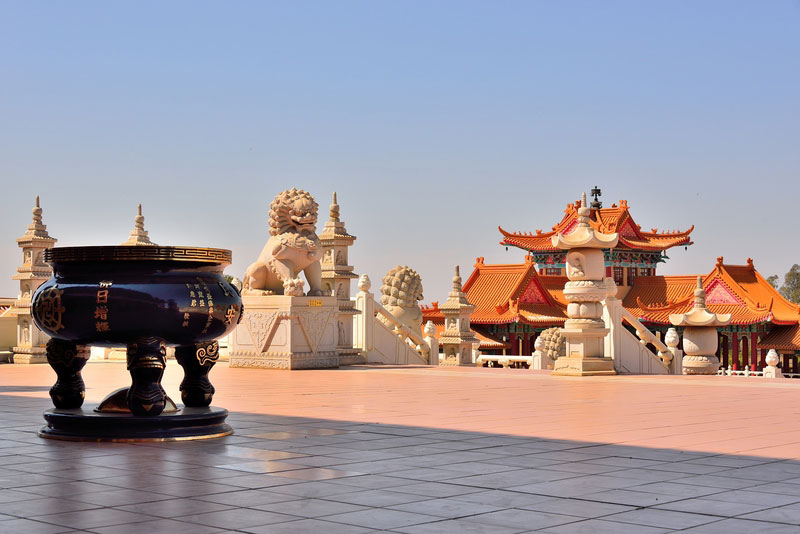See This Report about Johannesburg North Attractions
See This Report about Johannesburg North Attractions
Blog Article
3 Simple Techniques For Johannesburg North Attractions
Table of ContentsJohannesburg North Attractions Fundamentals ExplainedThe smart Trick of Johannesburg North Attractions That Nobody is DiscussingExcitement About Johannesburg North AttractionsJohannesburg North Attractions Fundamentals ExplainedNot known Factual Statements About Johannesburg North Attractions The Best Strategy To Use For Johannesburg North Attractions
The city expanded on the edge of the Witwatersrand Main Coral reef, a subterranean stratum of gold-bearing quartz-silica conglomerate that arcs for hundreds of miles below the Highveld - Johannesburg North attractions. Most of the gold mines in the city discontinued procedure in the 1970s, yet in its day the Witwatersrand gold sector accounted for more than 40 percent of the globe's annual gold manufacturing.Johannesburg has a pleasant climate. Summertime temperatures average about 75 F (24 C); wintertime temperature levels balance about 55 F (13 C) and only occasionally dip below freezing. The city takes pleasure in about eight hours of sunshine each day in both winter season and summertime. Rainfall averages regarding 28 inches (700 millimetres) per annum, but the complete differs substantially from year to year.
What rain the city receives drops nearly exclusively in the summertime, commonly in magnificent late-afternoon electrical storms. Air contamination positions a substantial trouble, specifically in the winter season months, when thermal inversions hamper the westward circulation of air from the Indian Ocean. Pollution is most severe in the densely cleared up Black areas on the city's perimeter, where many locals still depend on coal for gas.

All about Johannesburg North Attractions
The balance of the city is inhabited by whites. Lodging varies in character and high quality.
Physical development, although rather limited by transportation, continued rapidly as migration to South Africa, and Johannesburg in specific, enhanced drastically. This issue was resolved in the 1930s when the vehicle was introduced in automation to South Africa. Autos were, essentially, constrained to the wealthy, and allowed them to transfer to the north of the city and commute right into the centre.
A lot of bad suburban areas were combined, with bad blacks and whites living with each other, although the wealthy suburban areas were usually reserved for whites.
The estimated population of the region is 200,000, [] The number of people living in the internal city on an informal basis is unidentified, as many are unlawful immigrants. Most higher-income locals and white individuals have transferred to the northern suburbs and have been changed by lower-income black people. The unemployment, education and learning, and age profiles of the area are all unidentified, as a result of the difficulty of acquiring trusted details regarding the area.
All about Johannesburg North Attractions
Yeoville and Bellevue have a mix of home structures and single property devices on small great deals. The region is located on a mountainous divide that runs from east to west.

Johannesburg Stadium, a training school for both the Golden Lions and Orlando Pirates, is surrounding. The eastern residential areas of Johannesburg are situated in the city's 7th [] and 9th [] areas. The location is additionally functionally incorporated with East Rand boundary communities outside of the main boundary of Johannesburg, such as why not try this out Bedfordview and Edenvale (both part of Ekurhuleni Metropolitan District).
Not known Facts About Johannesburg North Attractions
R. Tambo International Airport Terminal). The eastern suburban areas are a few of the oldest areas of Johannesburg, there are large areas of Jewish and various other European histories, the majority of the population is English speaking. There are 3 golf courses in addition to a number of safeguarded ridges with viewsites. There are numerous strong and up-market home entertainment and shopping locations in the east such as the Eastgate Shopping Center and the Greenstone mall.
The area is mainly composed of old "matchbox" homes, or four-room houses built by the federal government, that were built to give low-cost accommodation for black employees during apartheid. Soweto is an acronym, meaning "South Western Townships". Road after road in this field is lined with matchboxes; however, there are a few smaller sized locations where prosperous Sowetans have actually developed homes that are much more similar in stature with those in even more affluent residential areas.
Hostels are one more famous physical attribute of Soweto. Initially developed to house male migrant employees, many have been improved as homes for couples and families. The N1 Western Bypass skirts the eastern border of Soweto. The suburb was not historically permitted to create work centres within the area, so mostly all of its citizens are travelers to other components of the city.
The Ultimate Guide To Johannesburg North Attractions
The N1 Western Bypass links the northern suburban areas with the north-western residential areas. The suburbs in the north residential areas are mostly formal, with no considerable locations of informal housing, or real estate that lacks a long-term structure. Although this is a well established area, there is a fad of land use adjustment from residential to business, particularly along primary arterial roadways and around well-known nodes.
The area is well connected to road networks, especially along the north-south axis formed by the M1 and N1. Roads to the east and west are less well established, as there are no highways travelling in that direction. In official source the direction of the north boundary of the city, the density of growth reduces, leaving big locations of untaught land around Midrand.
A Biased View of Johannesburg North Attractions
The very first residential area to the north of the inner city is Parktown, which is located on a hill ignoring the inner city and Hillbrow. It has numerous wealthy citizens and Edwardian-style estates, as why not check here well as the Education and learning and Medical universities of the University of the Witwatersrand. The big concrete Charlotte Maxeke Johannesburg Academic Health Center controls the sky line of Parktown.
Report this page